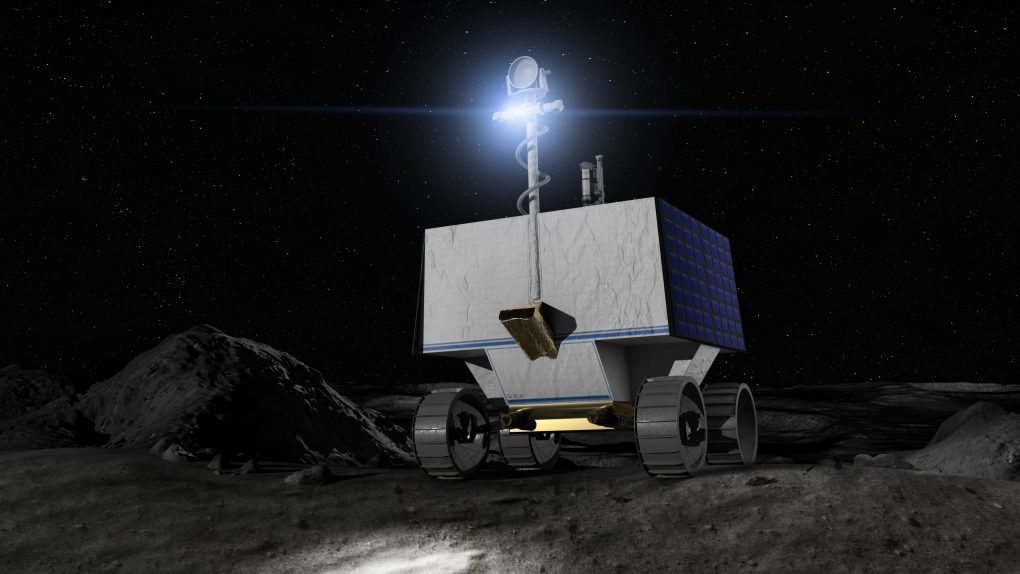- NASA just selected a lander to ferry its VIPER rover to the Moon for a water-hunting mission in 2024.
- The VIPER mission will hunt for water on the Moon’s South Pole, providing NASA with information on potential resources that could be used for future missions.
- The lander VIPER will ride is in being built by Pittsburgh-based Astrobotic for $199.5 million.
Humans may be destined to explore the solar system (and perhaps beyond, but the jury is still out on that), but first, it’s probably a good idea that we explore the closest “world” to Earth, which happens to be our own Moon. Sure, we’ve been there before, but there’s a lot more to see, and NASA is ramping up its efforts to tap the Moon’s potential with a series of new missions culminating in the return of humans to the lunar surface.
One of those unmanned missions is called VIPER, or the Volatiles Investigating Polar Exploration Rover if brevity isn’t your thing. As the name suggests, the rover will head to the Moon’s South Pole to explore and search for resources, and the biggest item on its scavenger hunt list is water. First, however, it needs to actually land there.
NASA today announced a new partnership with Pittsburgh-based Astrobotic, which will receive just shy of $200 million to develop the lunar lander that the VIPER bot will ride in on its trip to the Moon’s surface.
“It is an enormous honor and responsibility to be chosen by NASA to deliver this mission of national importance,” Astrobotic CEO John Thornton said in a statement. “Astrobotic’s lunar logistics services were created to open a new era on the Moon. Delivering VIPER to look for water, and setting the stage for the first human crew since Apollo, embodies our mission as a company.”
We already know that there’s water on the Moon. Much of it is locked away in ice, and the surface material of the Moon, called lunar regolith, is thought to hold a significant amount. On some areas of the Moon, such as the poles, large craters may hold huge quantities of water ice in areas where sunlight never reaches.
VIPER’s trip to the South Pole of the Moon will allow it to take samples of the surface material and analyze them. Data regarding the content of the material will be sent back to Earth, offering NASA scientists vital information on the resource potential of the area.
The mission could launch as soon as 2024, but in the meantime, NASA will be sending some of the instruments the VIPER bot will be equipped with to the Moon for testing. The instruments will have to prove their worth, and engineers will have the opportunity to iron out any kinks before the VIPER rover embarks on its mission, which is expected to last approximately 100 Earth days.








